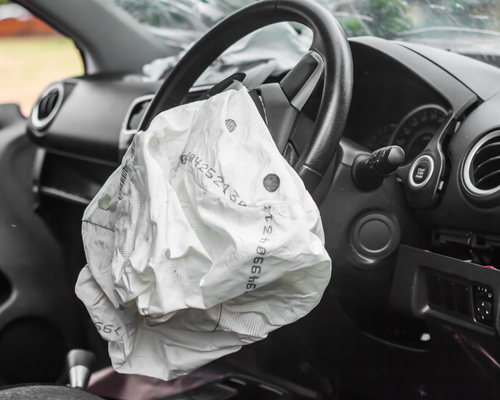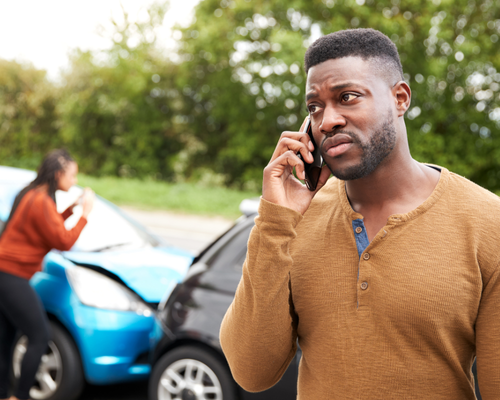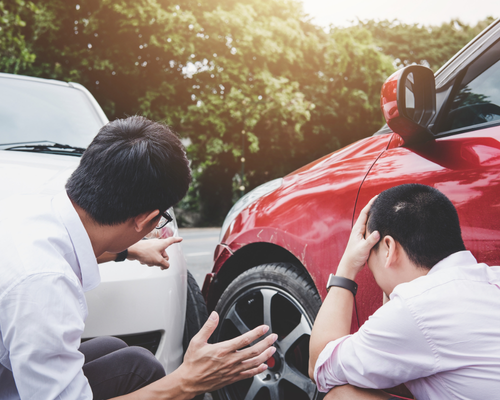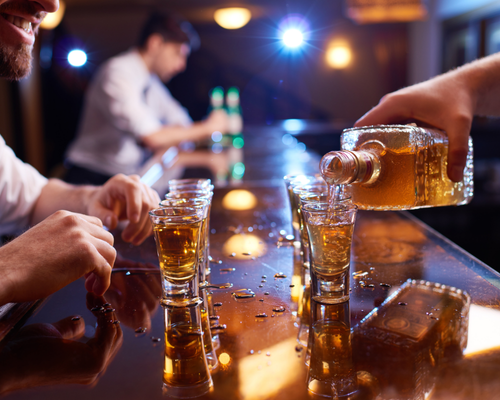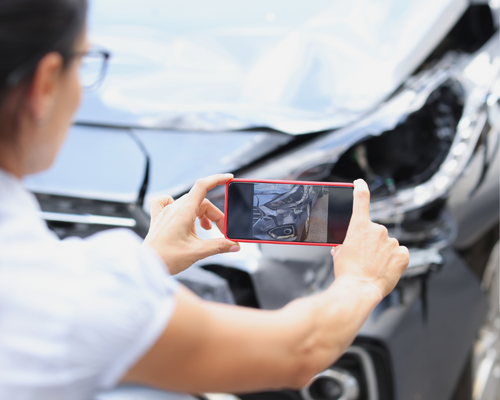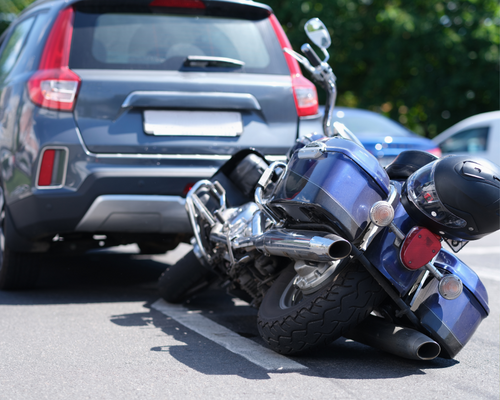If you were a passenger in a car involved in an accident in Connecticut, you may be wondering what your next steps should be. Are you eligible for compensation? Can you file a claim or lawsuit? The short answer is yes. Passengers have the right to seek compensation for injuries sustained in a car accident, but understanding your options and navigating the process can be tricky.
At Vining Law, we’re part of the New Haven community and understand the stress that follows an accident. Here’s what you need to know about your rights as a passenger in a Connecticut car accident and what steps to take next.
Key Questions to Ask After a Car Accident
To understand your potential for compensation, start by answering the following questions. Consulting with a Connecticut car accident attorney can help clarify the details and strengthen your claim:
- Who was at fault for causing the collision?
- Who owns the car that hit the vehicle you were in?
- Does anyone involved in the accident have adequate insurance coverage?
Each of these factors will play a role in determining your path to compensation.
What if the Driver of Your Vehicle Is at Fault?
It can feel uncomfortable to file a claim or lawsuit against the driver of the vehicle you were in, especially if they are a friend or family member. However, it’s important to remember that your claim is typically against their insurance, not their personal assets. Auto insurance exists to cover situations like this—when passengers are injured due to a driver’s negligence.
If you were in a rideshare vehicle, such as an Uber or Lyft, when the accident occurred, you could also be eligible for compensation through the rideshare company’s insurance policy. If the rideshare driver was logged into the app, the company’s liability insurance might cover your injuries. If not, their personal auto insurance would likely be the source of compensation. In any case, having a knowledgeable attorney on your side can help you navigate these options.
What if the Other Driver Was at Fault?
If the driver of the other vehicle is at fault for the accident, you can file a claim against their insurance. Depending on the circumstances, you could be entitled to compensation for medical bills, lost wages, and other damages. It’s important to work with an experienced Connecticut car accident lawyer to assess fault and build a strong case.
What if Both Drivers Share Fault?
Sometimes, both the driver of your vehicle and the other driver involved share responsibility for the accident. In these cases, you may be able to file claims against both parties. A skilled attorney can help assess the situation, determine liability, and seek compensation from all responsible parties.
Using Personal Health Insurance
Since Connecticut is not a No-Fault state, if you have personal health insurance, you will likely need to use it to cover the initial cost of your medical care. However, the cost of your medical bills can later be considered in your claim for Connecticut Economic Damages, allowing you to be reimbursed for these expenses as part of your overall compensation.
Contact a Connecticut Personal Injury Attorney
Being a passenger in a Connecticut car accident can be overwhelming, but you don’t have to go through it alone. Whether the driver of your vehicle or the other driver was at fault, or both share responsibility, you have the right to seek compensation for your injuries and losses.
At Vining Law, we understand the complexities of car accident cases and can help you navigate your legal options. If you or a loved one was injured as a passenger in a Connecticut car accident, reach out to our experienced team for guidance. Contact us today at (203) 800-7380 for a free consultation about your situation. We’re here to help you get the compensation you deserve.
Disclaimer: This blog is for informational purposes only and should not be construed as legal advice. Consult with a qualified attorney for legal guidance specific to your situation.
